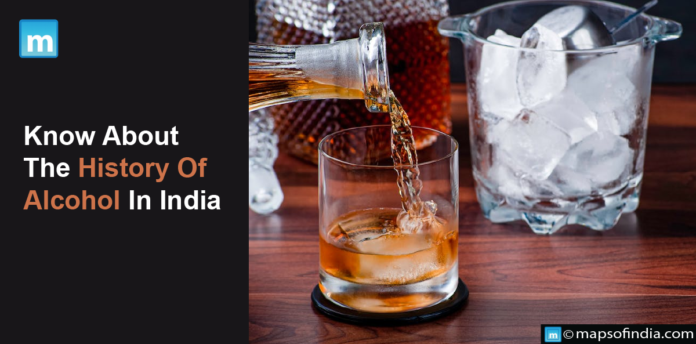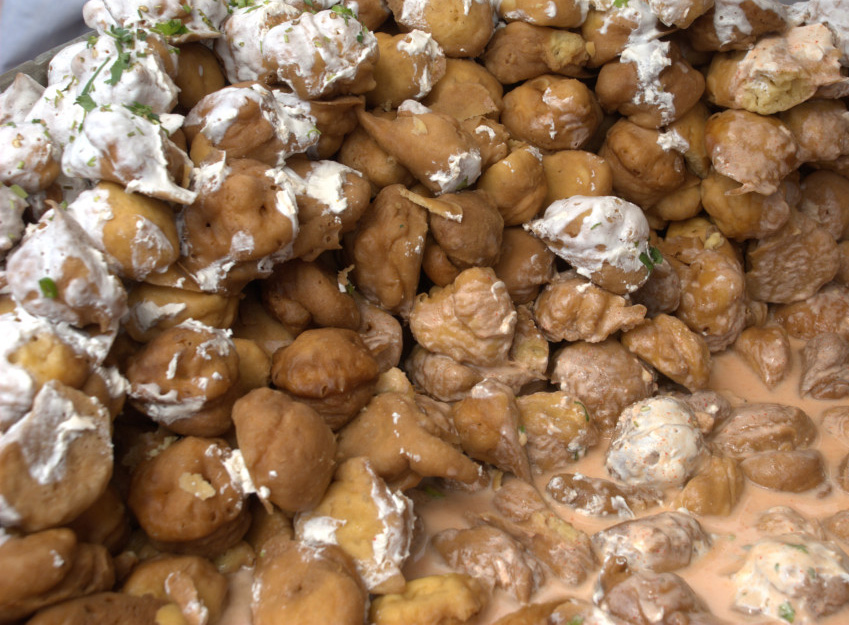Alcohol has been the life of parties in India for a long time. Today, it is a source of revenue for million in India. With a market size of about 300 crores and a predicted compound annual growth rate of 6.8% between 2020 and 2023, India is the world’s third-largest alcoholic beverage industry. India was among the first nations to discover and use the distillation technology.
Let’s study the history of alcoholic beverages in India:
-
Early Age (3300-1300 BCE)
The Indus Valley Civilization was the first to produce alcoholic beverages in India, with people making beer and wine from grains and fruits. One of the oldest Hindu scriptures, the Rig Veda, contains hymns to soma, a fermented drink derived from the soma plant. Soma was thought to have divine qualities and was employed in religious rituals.
-
Vedic Age (1500-500 BCE)
Alcohol became more readily available and was drunk by individuals of all socioeconomic groups in later Vedic periods. Beer, wine, and arak (a distilled liquor) are all mentioned in the Arthashastra, a treatise on statecraft written in the fourth century BCE. The introduction of Buddhism and Jainism in India in the sixth century BCE decreased alcohol usage. These faiths preached that alcohol was wrong for the body and mind and encouraged their adherents to avoid it. However, many individuals in India continued to consume alcohol, and it remained an important element of Hindu culture.
-
Mughal Age (1526-1857)
The Mughal Empire introduced new forms of alcoholic beverages to India, such as Persian wine and Caribbean rum. The Mughals also brought distillation to India, resulting in the production of new forms of liquors, such as whiskey and brandy.
-
British Age (1857-1947)
After the British gained control of India in the 18th century, they brought in even more alcoholic beverages. Beer, wine, and spirits grew in popularity among the British and Indian elites. However, general population alcohol consumption has remained modest.
Post-Independence Age (1947-Present)
Following India’s independence in 1947, the government established alcohol sales limits to reduce alcoholism. These limits, however, have had minimal success, and alcohol use is still a problem in India today. In India today, an extensive range of alcoholic beverages are available. The most popular alcoholic beverages include beer, wine, and spirits, but there are also several traditional Indian alcoholic beverages such as toddy, feni, and arrack. India’s southern and western states consume the most alcohol, while the northern and eastern states consume the least. It’s hard to believe, but it’s true.
In India, societal and cultural attitudes about alcohol are diverse and varied. Alcohol is considered a symbol of modernity and refinement in some regions of the country. It is viewed with distrust and disfavor in the other areas of the world. In India, there is a rising push to promote responsible alcohol consumption, although changing deeply rooted cultural attitudes around alcohol is difficult. However, alcohol has been a part of Indian culture for centuries, and it continues to be an important part of the lives of many Indians today.





